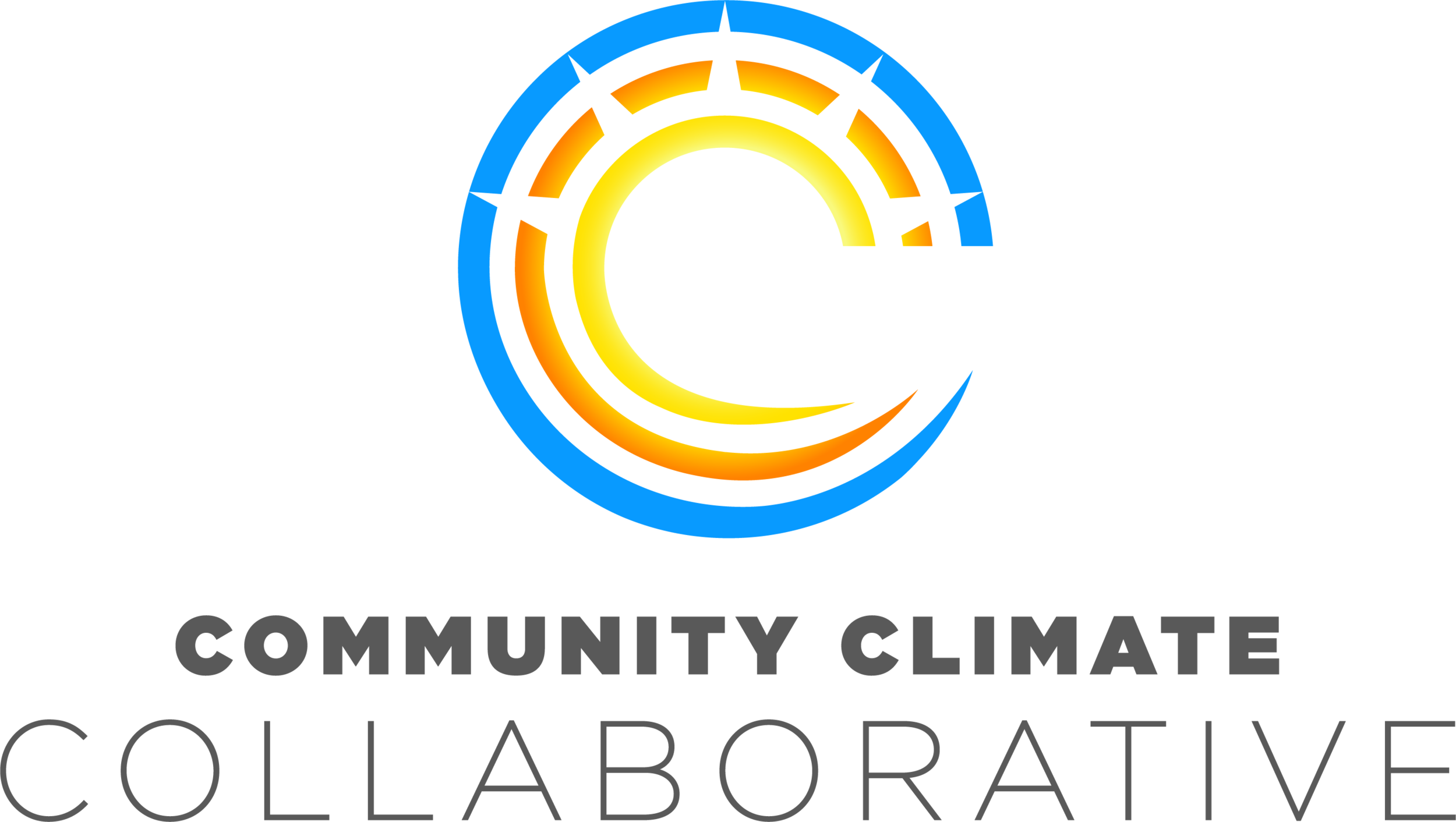Better Business Challenge: Building Goodness Foundation HQ Brims with Eco-Features
In locations around the world and locally in the Charlottesville area, Building Goodness Foundation inspires with its mission “to build community and improve lives.”
When this local nonprofit joined the Better Business Challenge, it was interested in drawing inspiration – in this case, from what other Charlottesville-area businesses and organizations were doing to raise their green game and make a positive impact on the local level.
Globally, ecological sustainability is one of the central tenets of the design and construction process Building Goodness engages in on projects from Virginia to the Caribbean and Central America. Examples include the “green classroom” it helped build in Costa Rica for Osa Conservation, or Wildrock Playscape, an educational nature retreat for kids in Crozet.
Their new headquarters on Carlton Road was also built with sustainability in mind, from its use of solar energy and green roof installation to lighting and appliance efficiencies.
Here, Katherine Garstang, Building Goodness’s administrative director, offers a glimpse at some of the eco-friendly strategies the organization has made to optimize energy efficiency and save money as part of its participation in the 2018-19 Better Business Challenge.
Why did Building Goodness join the Charlottesville Better Business Challenge?
KATHERINE: We joined to participate with other green-minded businesses in Charlottesville and learn what they have been able to achieve.
What sort of actions has Building Goodness taken so far to save energy (and money) or to lower its carbon footprint as part of the Challenge?
KATHERINE: We have a new (two-year-old) building that was built with many green features: solar panels, high efficiency HVAC and appliances, all LED lighting, programmable and automatic HVAC and lighting controls, and even a green roof.
What sort of energy-saving and carbon footprint-reducing measures are you looking forward to exploring or implementing (as part of the Challenge)?
KATHERINE: We are looking into on-site composting, better recycling processes, reducing disposable-consumable waste, and trying to move toward paperless in our office practices.
What advice would you offer other local businesses or organizations who may be interested in saving energy, going green, or reducing their environmental impact (in addition to joining the Challenge)?
KATHERINE: Even as a small nonprofit, we have been able to reduce our carbon footprint and implement green practices through the education of our donors, which helped offset the upfront costs associated with some green features. Educating the donors on green building practices gave them the opportunity to fund the green features of our new building. Several donors stepped up because of them and then we were able to implement!

